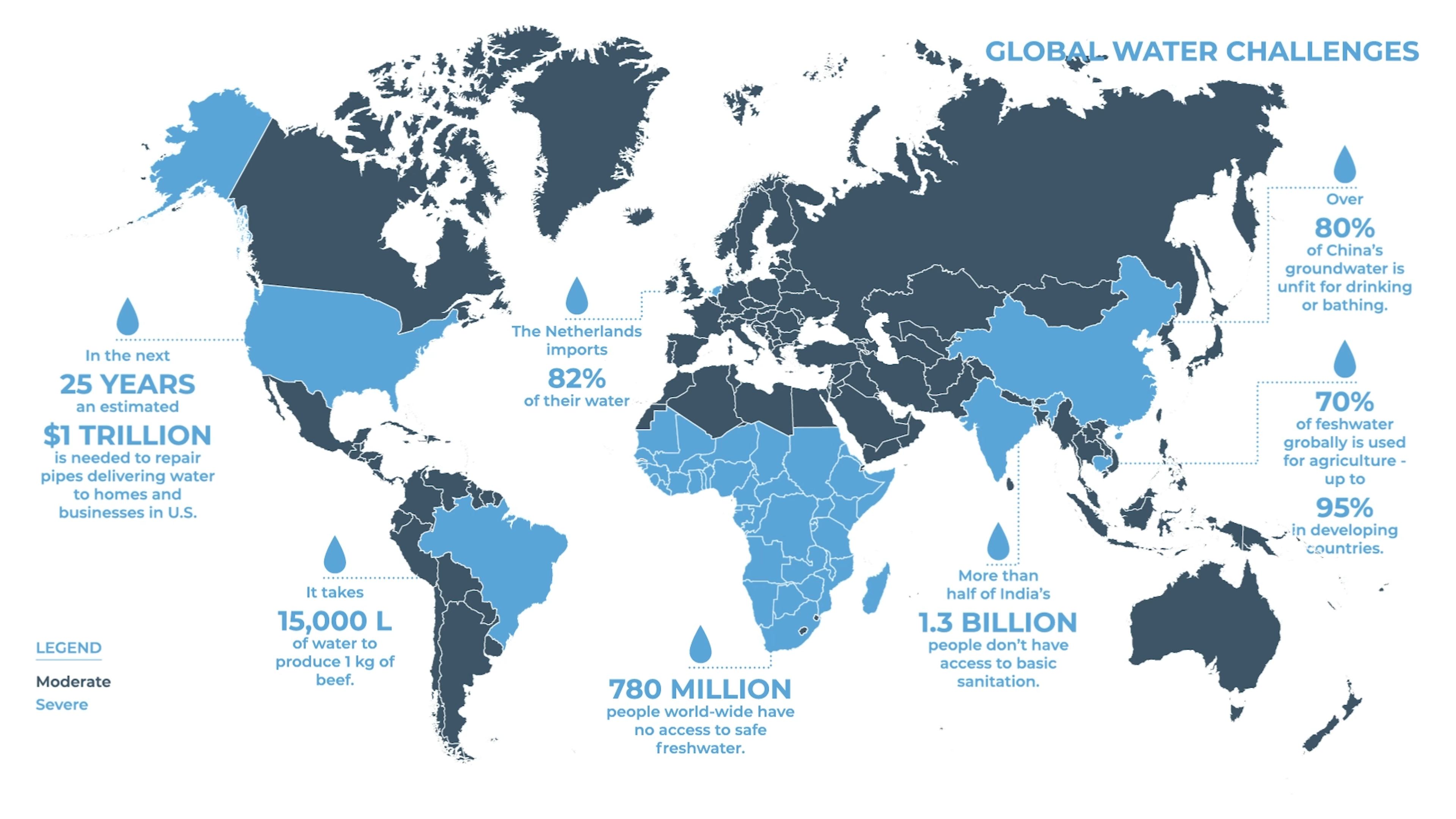UCLA Spring Technology Seminar
Project by : Akshada Muley | Neha Oswal | Gaurav Puri | Ruoyang Chen
Instructors: David Iniesta
Project by : Akshada Muley | Neha Oswal | Gaurav Puri | Ruoyang Chen
Instructors: David Iniesta
Macro-mania is a delusion of the distance of objects being farther than they actually are. Waste coexists in our daily lives, from solid to fluid to digital waste. The projects looks to investigate daily activities as waste generating processes from the scale of a room to a city. The process also looks to highlight the contrast of waste to a commodity exposing the global - social - infrastructural impacts during the entire process.
A illustration by Akshada Muley and Neha Oswal - Traversal cycle of both Physical and Digital Waste
Throwing waste starts as a local action. Right from the trash bin on our table. But it also encompasses multiple levels gradually as it makes its way from the household bin to a waste sorting industry which then goes to the recycling plants and through manufacturers and supermarkets where the same products end up in the same home. Some of these non-recyclable items are sent to the landfill where gas is extracted which leads to generate electricity.. which facilitates and joins back to the grid for the household consumption of electricity. On the other hand, technology today enables us to reuse the single use of plastic to generate fuel, plastic construction blocks, recyclable bottles to make plastic roads.
Ironically, What is the waste that gets generated when making or streaming a video? What are the other virtual actions like online streaming, shopping, videos,music,use of email services and in today's scenario the use of zoom as a communication method to the physical world. We tend to believe that these virtual actions do not have any significant impact on the sustainability of the Planet. So in this digital realm, the data network infrastructure works from local devices to a global level of satellites and under sea cables.Streaming a 30 min Netflix show is equivalent to driving a car for 4 miles, every photo we backup which we call the digital hygiene, every unread email has a huge impact.5 million views for a single YouTube video gives rise to electricity consumed by 1 american household for 3 months. We observed a brief connection of how each action is interrelated and yes virtual waste and physical waste together have an impact on the carbon footprint. Apart from this broader impact, what happens at the micro level is the dynamic connection between heat generated from the servers and its potential to be harvested and used for the heating and cooling of our buildings. Similarly the local servers are further connected to larger data centers, content delivery networks via cloud and optical systems. The heat generated from the larger data centers is used as a resource for the district heating and cooling units of the city.
The waste traverses from micro to macro levels and the poster illustrates what happens through this process.
Story-boarding the three collaborative projects together - Wine making, Waste Treatment and Water Treatment





